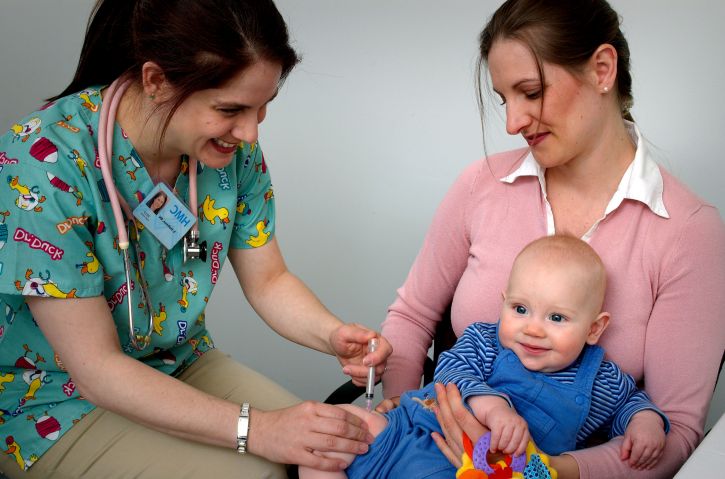Dr Alan Leeb's SmartVax tool is not only a world-first monitoring system, it's a rare example of grassroots GP research in action
One GP’s response to an outbreak of seizures in young children vaccinated against influenza in 2010 is on the verge of realising full surveillance of adverse reactions to vaccines under the National Immunisation Program.
After the 2010 crisis, Dr Alan Leeb started developing the SmartVax tool at his practice in Western Australia, using a simple system of automated SMS messages to speed up checks on patients after vaccinations.
“We were just shattered. We didn’t have a clue that this was going on,” Dr Leeb said, referring to the time lag before the 2010 flu vax program was suspended. In the 10 days following the first reports of adverse reactions, more than 100 children around the country had suffered seizures. It took several more weeks before a single brand – CSL Fluvax – was implicated.
“Particularly in Western Australia, we had an active vaccine program funded by the government for the under-fives, so we were vaccinating hundreds of kids. It was really quite devastating. We just had to find a solution.”
After some fine-tuning with the assistance of WA health authorities, he opened the system to external clinics in 2014. SmartVax now operates as a world-first monitoring system and a shining example of grassroots general practice research in action.
SMS messages go out automatically some three days after every vaccination at more than 270 clinics across all the states. Data on reactions flows back from the network for analysis by the federal government-backed AusVaxSafety.
The clinics are a cross-section of large and small, urban and remote medical practices, and also include Aboriginal Medical Services, local government clinics and major hospital immunisation clinics.
Dr Leeb, who was presenting the program to international colleagues at a conference in Paris last week, is confident the system has achieved sufficient scale for quick, reliable information on vaccination safety.
“When we started, we did 300 to 400 flu vaccinations in the first few years. in 2018, we monitored 220,000. From that number, we knew in the first week or two that the 2018 program was safe.”
In partnership with AusVaxSafety, SmartVax has grown to cover all immunisations at all ages with a database of some 1.5 million antigens. By next year, the collection and analysis program is expected to cover all vaccines under the National Immunisation Program.
Dr Leeb notes the importance of monitoring new vaccines, such as those against human papilloma virus and meningococcal B, and the program adopted this year for high-dose flu vaccines for patients over 65.
“A lot of reactions after a vaccine are expected reactions, or within a reasonable range. We specifically ask whether patients have had a medical attendance related to the vaccination. If we get a sudden spike in people attending their GP following a reaction, it’s an alert to go and look,” Dr Leeb said.
“This year, we have been looking at Gardasil 9. I think Australia is the first country to use Gardasil 9. We have data now to show that it is more reactive, slightly more reactive, than Gardasil. (But) what we have found with Gardasil 9 and Gardasil is that the number of people presenting to GPs and medical centres is the same. So we are pretty confident that the vaccine is fairly safe.”
Similarly, children vaccinated against meningococcal B commonly have a reaction; as many as one in four might report soreness or elevated temperature.
“We can tell parents, if anything other than that happens, we want to know about it.”
Dr Leeb also emphasises the need for general practice research to generate Australian data.
“This is not British data, it is local Australian data. We know these vaccines are safe. For me, as a GP, this is really important.”


